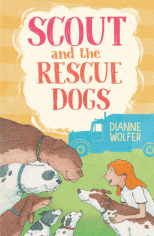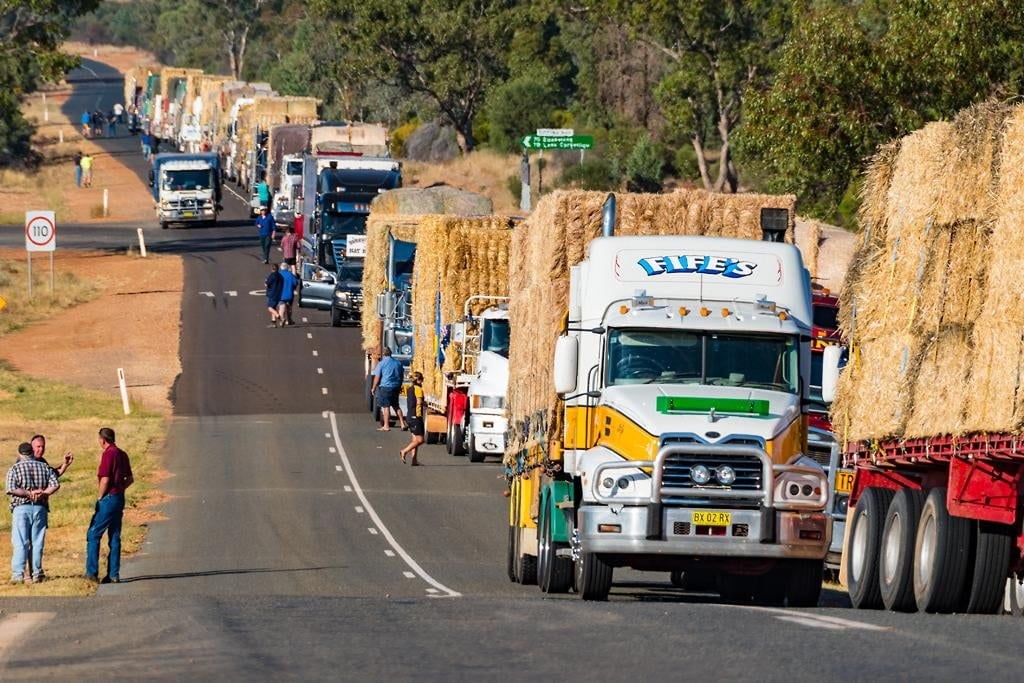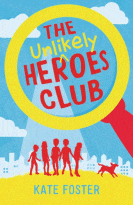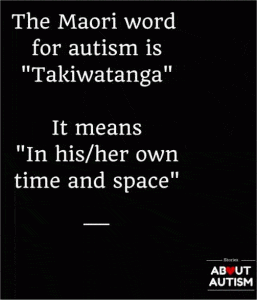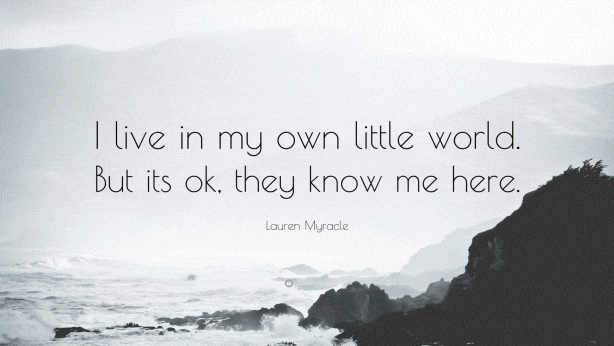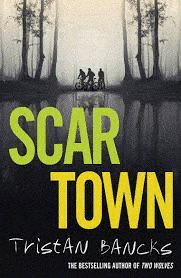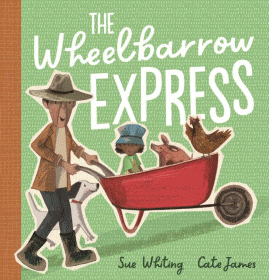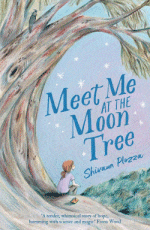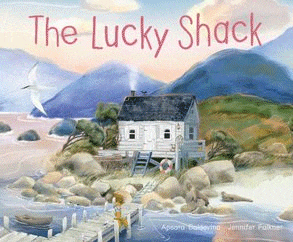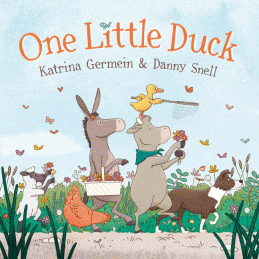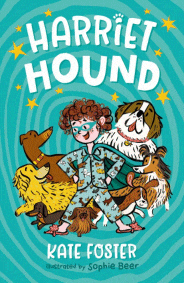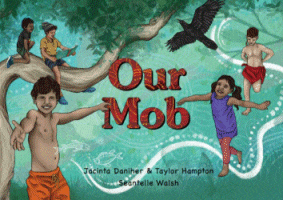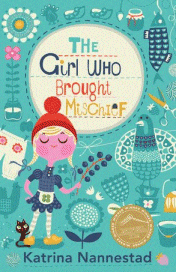
The Girl Who Brought Mischief
The Girl Who Brought Mischief
Katrina Nannestad
ABC Books, 2023
224pp., pbk., RRP $A16.99
9780733342899
After her mother dies, Inge Marie is sent to live with a grandmother she has never met, and who certainly doesn’t seem to want the responsibility of an unknown child, particularly one with her hair half-eaten off by a goat. It is a huge adjustment for each of them as Inge Marie is used to a carefree childhood with servants and freedom in the bustling city of Copenhagen and now finds herself in a tiny cottage on a remote island of Denmark where there are farm animals to care for, domestic chores to be done and a bed to be shared with a grandmother who snores. And things get much worse when she has to go to the local school…
Inge is very aware that what might be normal for her bright, optimistic self could be construed by her grandmother as bad manners or even bad behaviour and so she becomes very grateful and remorseful as she navigates a series of incidents like knocking Henry the turkey out cold that are just the hijinks of childhood It’s hard to forge a path between an imagination boosted by the stories of Hans Christian Andersen, the city life taken so abruptly from her and living with someone who has only known the traditional life of a small village community. Grandmother slaps her once or twice – she has never been hit before – but it is all part of the process of accepting their unimaginable loss and managing their grief. And gradually things start to change, not just for Inge and her grandmother but, indeed for the whole village.
This book was previously published in 2013 and was the Winner of the 2014 NSW Premier’s Literary Award for Children’s Literature as well as being a CBCA Notable Book for Younger Readers in 2014 and it has stood the test of time. Told by Inge, it is both heart-warming and heart-breaking in places but throughout there is a realisation that both are trying to come to terms with their new situation and you have the feeling that things will work out for the best. Despite being set in 1911, when girls were supposed to be quiet and genteel while boys could be rowdy and rambunctious, young readers will see themselves in the outspoken Inge and delight in her approach to life while being compassionate for her loss.
As well as being deserving of the awards that it has won and the praise it has been given, this story has stood the test of time and a new audience will delight in it.
